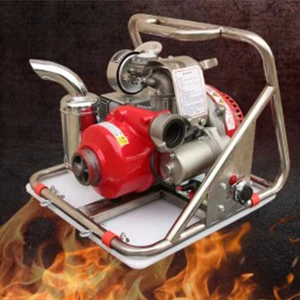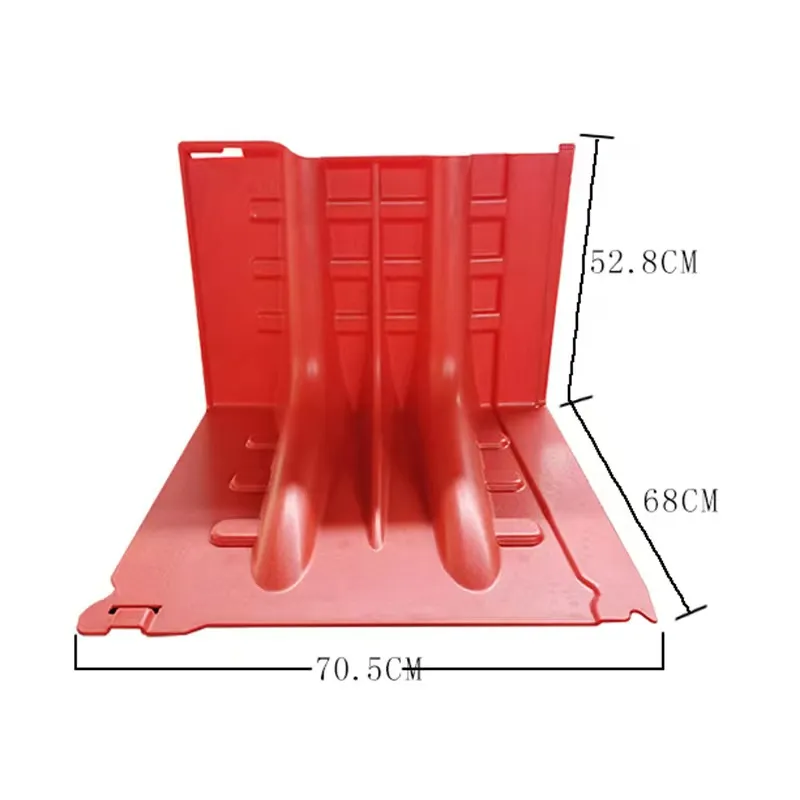

End-Suction Pumps End-suction pumps present a compact, economical option for firefighting systems. These pumps are a type of centrifugal pump where the inlet and outlet are configured at right angles. Their straightforward design is characterized by ease of installation and maintenance, thanks to the accessible positioning of the pump end. While they are suited for smaller applications with lower pressure requirements, they provide notable reliability and cost-effectiveness. End-suction pumps are commonly installed in residential buildings and small commercial installations. Multistage Pumps For environments necessitating high pressure, such as tall high-rise buildings, multistage pumps come into play. These pumps operate by utilizing multiple impellers staged in series, each boosting the pressure incrementally. The significant advantage of multistage pumps is their ability to generate high pressure without large increases in motor size, offering a compact yet powerful solution. Their application is ideal where there is a need for high-pressure delivery over substantial distances or elevations, ensuring that even the uppermost floors receive adequate water pressure. Positive Displacement Pumps In circumstances requiring precise flow control, positive displacement pumps are indispensable. Unlike centrifugal pumps, these pumps move water by trapping a fixed amount of it and then forcing (displacing) it into the discharge pipe. This makes them especially useful for applications demanding accurate flow rates, such as in chemical fire suppression systems where the addition of fire retardant agents is necessary. Their ability to maintain a constant flow rate independent of discharge pressure is a crucial attribute in maintaining an effective firefighting system. In conclusion, the selection of the appropriate fire pump is instrumental to the effectiveness of a firefighting system. Each type of pump serves distinct functions, suited to specific scenarios, and factors such as water source, required pressure, and installation conditions significantly influence decision-making. Through a discerning choice, one can ensure that the system is prepared to deliver peak performance, enhancing safety and safeguarding assets in critical moments. Aligning with core principles of Expertise, Authoritativeness, and Trustworthiness in the evaluation and implementation of these systems ensures robust fire protection tailored to meet diverse needs.





















